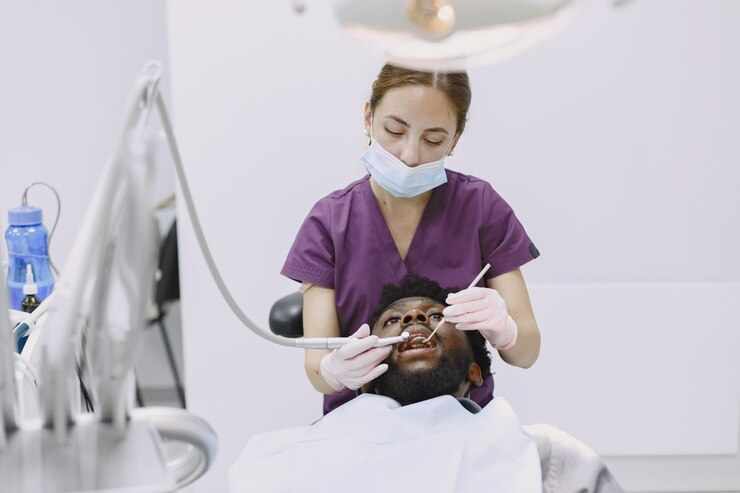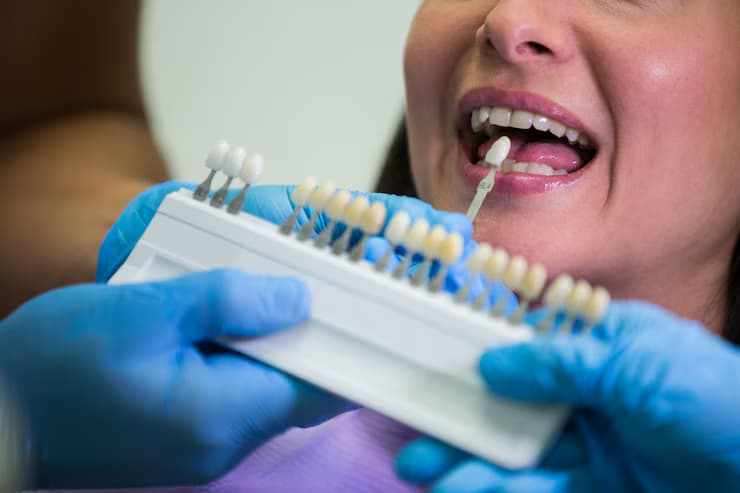
In today’s competitive healthcare landscape, establishing trust with patients is essential for any successful orthodontic practice. For many families and individuals seeking orthodontic care, choosing the right provider goes beyond just credentials—it’s about confidence, reassurance, and a genuine connection.
This article explores key strategies that local orthodontic practices can adopt to build and maintain trust with their communities, ensuring lasting patient relationships and sustained growth.
Understanding the Importance of Trust in Orthodontics
Orthodontic treatment often involves a significant investment of time, money, and personal commitment. Patients may undergo months or even years of treatment, making the relationship with their orthodontist highly significant. Trust is crucial because it affects how patients perceive the quality of care and their willingness to follow treatment plans diligently.
An orthodontic practice in British English is not just a place for teeth alignment but a centre where patients seek expert advice and compassionate care. When trust is established, patients feel more comfortable discussing their concerns, adhering to recommendations, and returning for follow-up visits.
Key Elements of Building Trust in Your Orthodontic Practice
1. Transparent Communication
One of the most effective ways to build trust is through open and honest communication. From the initial consultation, it’s important to explain treatment options clearly, including the benefits, potential risks, costs, and expected timelines. Patients appreciate when practitioners take the time to answer questions and provide realistic expectations.
In a local setting, personalised communication adds extra value. Use straightforward language, avoiding jargon that might confuse patients. Sending follow-up emails or text reminders and providing accessible channels for enquiries shows that your orthodontic practice is attentive and patient-focused.
2. Demonstrating Expertise and Credentials
Trust naturally grows when patients know their orthodontist is highly qualified and experienced. Displaying professional certifications, continuing education credentials, and memberships in respected orthodontic associations can reassure patients of your expertise.
Many local practices also benefit from sharing success stories and before-and-after photos of past patients (with permission). This visual evidence demonstrates your skill and dedication, encouraging prospective patients to place their confidence in your care.
3. Building a Friendly and Welcoming Environment
The atmosphere of an orthodontic practice has a profound impact on patient trust. A welcoming reception area, courteous staff, and a comfortable treatment environment all contribute to positive experiences. Friendly greetings, personalised care, and empathetic staff interactions can ease patient anxiety, particularly for children or nervous adults.
Local communities often value small, personable practices where patients feel known and appreciated. By fostering a warm, inclusive environment, your orthodontic practice becomes a place where patients want to return and refer others.
4. Consistency in Care Quality
Consistency is key to maintaining trust over time. Delivering reliable, high-quality care at every visit reassures patients that their well-being is your top priority. This means adhering to best practices, maintaining state-of-the-art equipment, and ensuring all staff are well-trained.
Consistency extends beyond clinical treatment. Prompt appointment scheduling, minimal wait times, and clear billing practices also contribute to a trustworthy experience. When patients know what to expect, they feel more confident in your services.
5. Utilising Patient Testimonials and Reviews
In today’s digital world, online reviews significantly influence healthcare decisions. Encouraging satisfied patients to leave positive reviews on platforms like Google, Facebook, or local healthcare directories can boost your practice’s credibility.
Testimonials help build trust because they provide unbiased, peer-driven insights into the patient experience. Showcasing these reviews on your website or social media channels further reinforces your reputation as a trusted orthodontic provider.
6. Community Engagement and Local Presence
Being an active member of your local community strengthens your orthodontic practice’s image and trustworthiness. Participating in local events, sponsoring school programmes, or offering free consultations at community centres can demonstrate your commitment to local wellbeing.
Such initiatives not only raise awareness but also build goodwill. When patients see your practice invested in the community’s health, they are more likely to trust and choose your services.
7. Embracing Technology and Modern Treatment Options
Patients often associate modern technology with better care. Implementing advanced orthodontic tools like digital imaging, 3D scans, and clear aligner therapy signals that your practice is progressive and focused on delivering the best outcomes.
Explaining how these technologies improve comfort, efficiency, and results helps build patient confidence. It shows that your practice is not only experienced but also innovative—qualities that foster trust.
Why Trust Matters for Patient Retention and Growth
Trust is the foundation of long-term patient relationships. Satisfied patients who trust their orthodontic practice are more likely to complete their treatment plans and return for future dental needs. Moreover, they often become advocates, recommending your practice to family and friends.
For a local orthodontic practice, word-of-mouth referrals are invaluable. They bring in new patients without the heavy costs associated with advertising. By investing in trust-building strategies, you create a sustainable growth cycle supported by genuine patient loyalty.
Tailoring Trust-Building Approaches to Your Local Audience
Every community has its unique characteristics, values, and expectations. Understanding your local demographic enables you to tailor your trust-building efforts effectively. For example, a family-oriented suburb may benefit from kid-friendly waiting areas and educational materials for parents, while a bustling urban area might prioritise efficient scheduling and extended hours.
Gathering feedback through surveys or informal conversations with patients can provide insights into their needs and preferences. Responding proactively to these inputs demonstrates that your orthodontic practice values patient voices, further enhancing trust.
Building trust in your local orthodontic practice is an ongoing commitment that requires a holistic approach. By focusing on transparent communication, professional expertise, a welcoming environment, and community engagement, your practice can foster meaningful patient relationships. This not only improves patient satisfaction but also secures the long-term success and reputation of your orthodontic services in the local area.






Write a comment ...